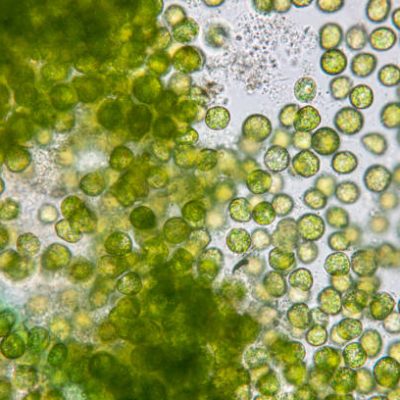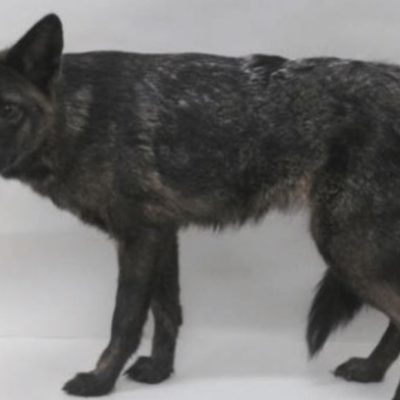A mysterious disease has been killing bald eagles since the 1990s, and now the cause has finally been discovered. The disease, called vacuolar myelopathy, causes fluid-filled blisters to accumulate in the myelin, the insulating layer of nerve fibers, which severely impairs the nervous system’s function. The affected eagles develop strong movement disorders, leading to collisions with trees and an inability to land properly. Eventually, they lose their ability to fly and hunt, resulting in death. The disease has also been found in other animals, including various bird species, fish, reptiles, and amphibians, in several states near water sources. Researchers from Martin Luther University Halle-Wittenberg and the University of Georgia have now identified the toxin responsible for the disease.
Previous studies had shown that the invasive water plant, the hydrilla, was present in all affected lakes, which was colonized by a cyanobacterium. The researchers suspected that the toxin-producing bacteria were responsible for the disease. However, a closer examination of the bacterially colonized water plants revealed a bromine-containing substance that could be the actual toxin. This theory was confirmed by a laboratory experiment in which the bacteria produced the unknown molecule only when grown in a bromine-containing medium. The researchers then tested the effect of the substance on chickens, which developed the typical brain damage and symptoms of the disease. It was thus confirmed that the bacteria can only produce the nerve toxin with bromine.
The source of the bromine on the leaves of the hydrilla is still unclear, but the researchers suggest that power plants and a bromine-containing herbicide used to eliminate weeds could be possible sources. As a countermeasure, grass carp could be released into affected lakes to eat the problematic water plants. However, fishery authorities criticize this proposal because the grass carp could eventually become a problem themselves due to their strong reproduction. The discovery of the toxin’s source is a significant step towards preventing the spread of the disease and protecting the affected wildlife.










